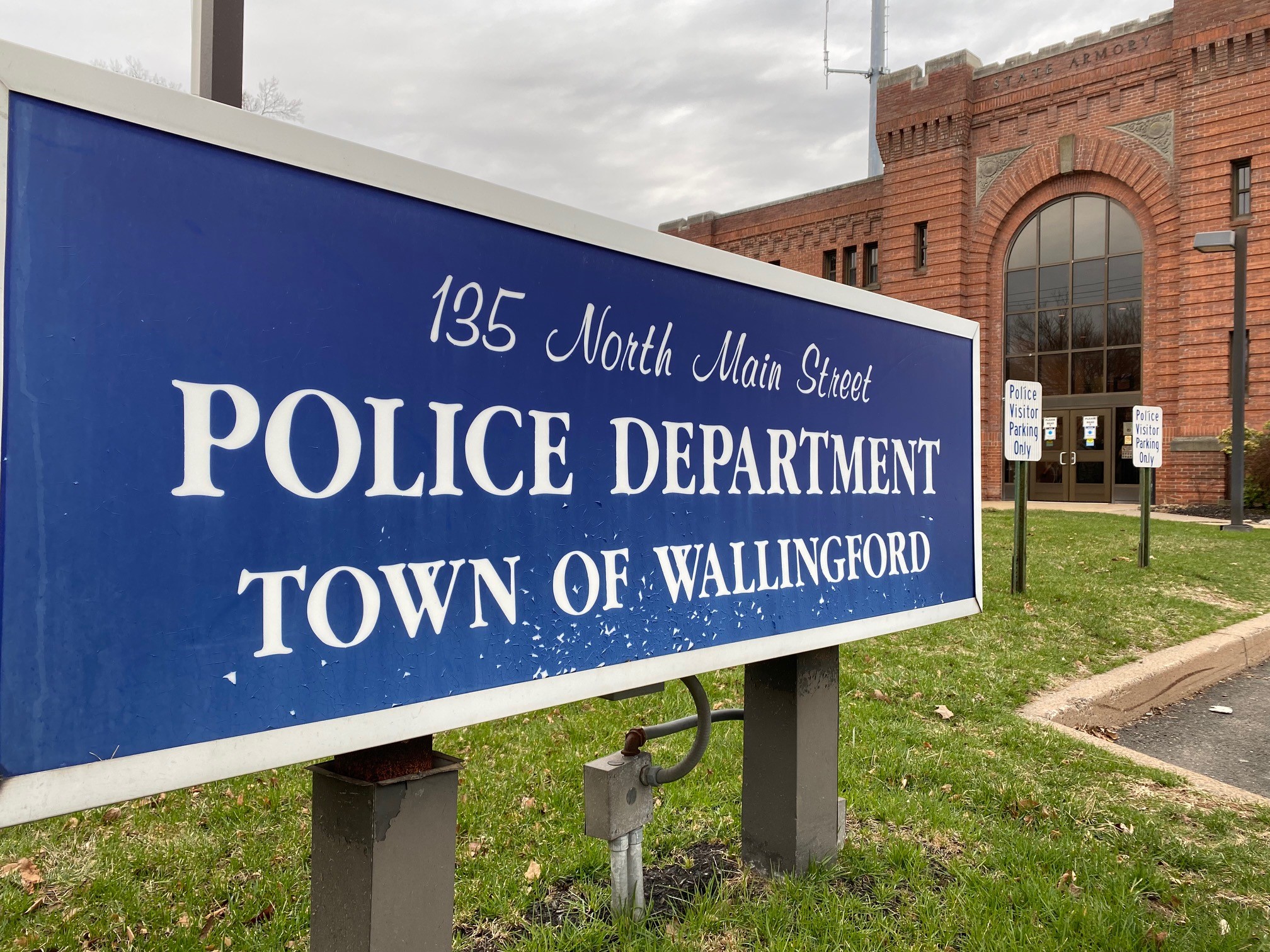Cutting back on the amount local governments function as bureaucracy has been considered for years in Connecticut to be an untouchable enterprise.
With 169 cities and towns, and more than 200 school systems, the political and traditional boundaries would make any consolidation difficult. Sen. Martin Looney and other top Democrats in Connecticut say 2019 has to be the start of school system consolidation.
Sen. Looney, (D – New Haven), proposed a measure that would set up a commission that would plan the consolidation of school districts.
“The purpose is to consolidate education bureaucracies. We have too many school superintendents, too many central office expense bureaucracy,” Looney said. “In many cases not justified because you have many districts with only a couple of schools in them and you have in the in school administrators and you have an on top of that the layer of superintendents and other central office people.”
There is a second measure that would consolidate any system that has fewer than 2,000 students which is sponsored by Sen. Bob Duff and Sen. Cathy Osten, two of the highest ranking Democrats in the chamber.
Neither the Looney nor the Duff and Osten proposals mention any school closures or the movement of students from one district to another leading to transportation changes.
Republicans have already announced their opposition to both measures saying any forced consolidation is not a way to save money.
Local
Two groups at the center of the issue are the two associations that represent cities and towns, the Connecticut Conference of Municipalities and the Connecticut Council of Small Towns.
CCM represents 168 municipalities, while COST represents 110.
CCM’s Executive Director Joe DeLong says his members want to maintain their independence, but said there is a desire to better use their money when it comes to education.
“I think it’s a very important discussion,” DeLong said, adding that he doesn’t necessarily like the way Looney’s proposal is drafted. “With declining enrollments, the fact that we have duplicate services in terms of multiple boards of education, multiple superintendents, maintenance directors, curriculum directors. We need to be looking at this thing to see if there’s a more effective way to be delivering education services.”
COST, however, views the notion of school consolidation as the wrong way to look to cut costs. Betsy Gara, the group’s executive director, challenges any assumption that there will be cost savings that result from fewer superintendents and central office staff.
“We’ve talked about consolidation and school district consolidation over the years and unfortunately the studies just don’t indicate there any savings to be had,” she said.
Gara says any proposal that selects a number threshold, Looney’s would consolidate districts for cities and towns with fewer than 40,000, and Duff’s would consolidate for districts of fewer than 2,000 students, is arbitrary, and not what parents are looking for.
“At the end of the day unless you have the support of the community, the support of the residents, consolidation isn’t going to work. It has to be a bottom up effort. That’s what we’re supporting. Making sure our residents have a voice. Making sure our town leaders have a voice in shaping the schools in their communities.”
Joe DeLong at CCM argues that, as a parent, he wants to see more of his property tax dollars being spent on teachers and in-the-classroom expenses, as opposed to administrative salaries and benefits.
“It’s not about closing schools. It’s not about taking away local autonomy and busing kids distances out of their towns. It’s about layer upon layer upon layer of administrative duplication that we need to look at if there’s a more efficient way to get the dollars in the classroom rather than in the bureaucracy.”



